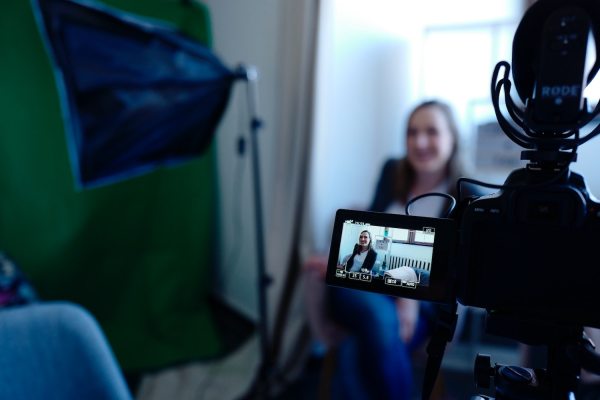Business
Don’t send VC a cold deck ever again: Start sending video pitches


Let’s play out this scenario. Your deck is ready and you’re just about to start reaching out. What does conventional wisdom say that you should send? A three-paragraph overview, four bullet points outlining the problem, and three bullet points on how you solve it and why you’re the best. You went through all that work … but who is going to read it? A junior person. Not even a senior VC.
Even if you do end up with a meeting, odds are that your deck didn’t even get read. The biggest lie in venture capital is: “Yes, I read through your deck.” Because those words are immediately followed by, “ … but why don’t you run us through it from the beginning?”
At that point, it’s safe to assume that no one has actually taken the time to read through what you sent, the junior guy thought it would be an interesting meeting considering the fund’s current themes of interest, and no one objected to taking the meeting. But no one has really taken the time to read through your deck.
Even if the only benefit was that other investment committee members heard the story direct from the founder, that alone would make your video pitch worth it.
According to DocSend, the average pitch deck review time over the last 20 weeks is less than three minutes. Let’s break down how much time you’ll be given for a 12-page deck (a very concise deck):
- Cover — 5 seconds.
- Back cover — 5 seconds.
- All the rest — 2:50.
That also includes time for that critical-to-understand diagram that illustrates and distills your unique system or view of the world. Do you think 25 seconds is long enough to fully comprehend that diagram and connect the dots with your value prop? Not likely.
What should you do about it?
Don’t send cold decks, ever. Instead, you should be video pitching — this is a video walkthrough of your deck, with your face in a camera bubble talking through it and giving added color in a video no longer than six-and-a-half minutes. Your objective for this video: Get in, provide a basis of understanding, and get out with a punchy CTA. Nothing flashy, nothing fancy.
More investors are embracing video pitches (prime example: Ashton Kutcher’s Sound Ventures), and in the age of the Zoom-based pitch meeting, it’s quickly becoming the standard.
The rapid but notable shift is because in video pitching, founders get to showcase the preparedness, commitment and passion VCs are looking for, all while telling their story. None of that is effectively transmitted in a cold pitch deck. Further, it allows you to create a deeper connection even before a meeting ever takes place. In a sense, it allows you and the investor to skip a step in the relationship-building process.
Why you have to do video pitches
Cold decks get blown out of the water when compared with the benefits of the video pitch:
- You can connect the dots in an easy-to-digest manner. Instead of simply reading the slides, you’re adding context as you go through them. Basically, you’re doing investors a favor by doing the mental heavy lifting for them.
- You control the interaction. It’s a recorded video, so you get to pitch with the added benefit of not getting interrupted.
- People might not give three minutes to skim a PDF, but they will watch a six-and-a-half minute high-relevance video!
-

 Entertainment6 days ago
Entertainment6 days agoShould you buy the 2024 Kindle Paperwhite Signature Edition?
-

 Entertainment5 days ago
Entertainment5 days agoBeyoncé’s Christmas halftime show on Netflix: What to know about the NFL event
-

 Entertainment5 days ago
Entertainment5 days ago2024: A year of digital organizing from Palestine to X
-

 Entertainment4 days ago
Entertainment4 days agoGreatest films by women creators on Netflix
-

 Entertainment4 days ago
Entertainment4 days agoIs ‘Blink Twice’ streaming anywhere? Here’s what you need to know.
-

 Entertainment3 days ago
Entertainment3 days agoEvery ‘Doctor Who’ Easter egg found in ‘Joy to the World’
-

 Entertainment3 days ago
Entertainment3 days ago‘Better Man’ review: All hail Robbie Williams, a chimp for all seasons
-

 Entertainment2 days ago
Entertainment2 days ago25 most underrated TV shows on Netflix















